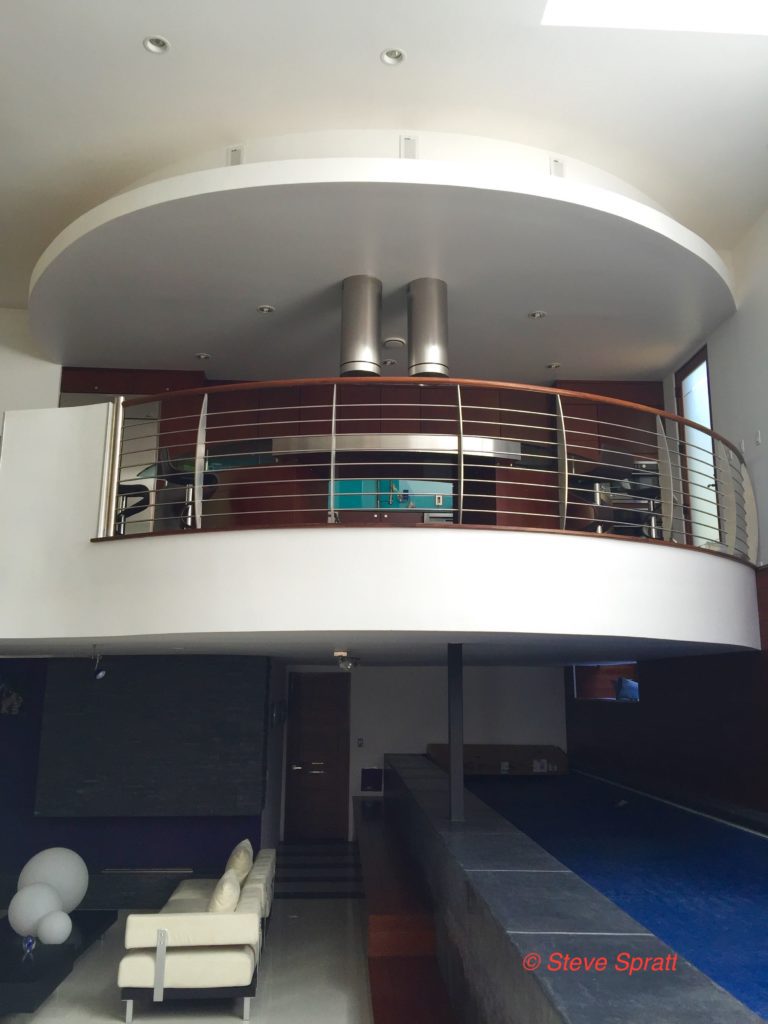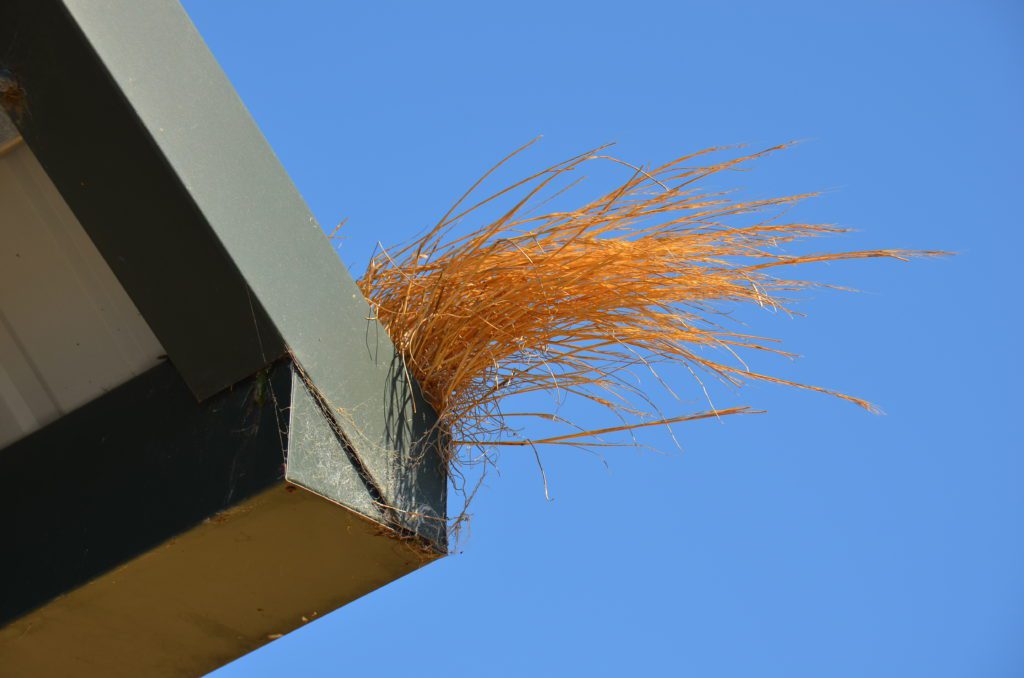What’s Your Home Maintenance and Repair Strategy
Every homeowner needs to consider a maintenance and repair strategy, preferably before purchasing the home. Rookie homeowners are usually quite surprised to learn how much there is to do. Most homes require over 260 individual inspection and service tasks. These are the recurring tasks that need to be addressed again and again every year. You will need a checklist of tasks for your home.
When admiring a spacious new home with impressive, ultra-high ceilings it is easy to overlook the fact that very soon someone is going to have to clean the windows, change burned bulbs, and remove the dust and spider webs from the beams way up there. Oh and by the way, rodents love to use that gorgeous ivy as a cozy home and a freeway into your attic and crawlspace.

To-Do
The proactive service strategy takes a bit more work up front but pays huge dividends like lower overall costs and a much more comfortable and enjoyable home over the long run. The proactive strategy outlined in Home Preservation Manual works like this:
- Inspect your home (whole house, structural and termite) then create a to-do and repair list from the recommendations.
- Plan and schedule any needed repairs to reduce the above list to ZERO as quickly as you can afford
- Perform (or hire someone to perform) the recommended quarterly maintenance and inspection tasks (from my Master Checklist).
- Calendar and perform scheduled proactive replacements*
The big mistake: “I have a new home so it doesn’t need much maintenance!”
It is very easy to mistakenly think that a new home does not NEED any regular service . I hear this all the time: “Hi, I’m Mrs. Smith! Mr. Smith and I are new homeowners and some friends have told us marvelous things about your service! Could you please come out and take a look at our home? It’s brand new so it really doesn’t need much!”
Wait! You’ve just acquired an enormous asset with 10,000 individual parts that sits exposed to destructive elements day and night, plus your comfort, safety, retirement investment and general well-being depend on it, but it doesn’t need much? This is the thinking that allows a new home to become an OLD home a lot faster than is necessary. The best time to begin a maintenance program is immediately upon completion of the new home. That is how new homes stay that way. The next best time to start a maintenance program is RIGHT NOW!
Do yourself and your homeowner friends a big favor
If you know someone that is about to enter the world of homeownership, definitely have them take a look at this website and especially to this page. The information here should help them save literally thousands of dollars.
Going into homeownership properly and fully prepared requires a maintenance and repair strategy. But before that you need to discover what philosophy or world view you are prone to because it may save you some time.

World View? For maintaining my house?
You may be saying to yourself, sheesh, I’m just buying a house, why do I need to get philosophical? Here’s why. Your world view or (perhaps we should call it your home view) is going to dictate what kind of homeowner you will be. Essentially the question is, do you take care of your things or not?
There are two ways to approach the care of your home, the reactive method or the proactive method.
The reactive strategy
In our “disposable” world, this is the plan most homeowners default to. The reactive method is easy and requires no plan. You just wait around till things fail before fixing them. This is the plan home warranty companies hope you will take so that they can lure you into buying their insurance. This reactive plan leads to large and unexpected failures. There will be more disasters and they will tend to sneak up and hit harder and without your having a clue.
Huge companies make billions from repairing and restoring leak disasters. Improper maintenance means shorter life spans of components. It also means that your equipment is more inefficient, wasteful and expensive to operate. This wastefulness makes more money for water, electricity and gas companies. A lot of big companies make enormous profits all based on your continuing to behave poorly when it comes to maintaining your home.
If you identify with this group you must try to move into the proactive category as soon as possible. Sadly that may be difficult. There are two reasons for this. First it is easy being reactive so it appeals to your lazy side. Second, it provides all kinds of problems for you to complain about. Having problems makes you a victim and provides you with dozens of things to blame your troubled life on. This is always preferable to looking at yourself as the problem. The fact that this reactive behavior is extremely expensive and comes with stress and shock and a more uncomfortable life may not be enough to motivate you. You have to want to become a better homeowner. I can help, but ultimately you have to want to do it.
The proactive strategy

The correct approach is to be proactive. About the care of your home and everything else for that matter. This is the approach that is promoted here in this Home Preservation Manual. It requires developing a maintenance and repair strategy (see below) that combines both regular maintenance with proactive repairs and replacements. This approach takes a little planning and some work… but it will give you instant peace of mind and put you back in control of your home and your pocketbook.
Being proactive when it comes to maintenance means that you know the condition of your home, you perform regular maintenance tasks, you make repairs immediately when needed and you replace worn out materials before they fail.
Learn the condition of your home
To really learn the condition of your home you will need professional help. Get licensed inspectors to provide reports on the entire structure plus a termite report. You will want to specify that the reports provide lists of recommended repairs, estimates and the projected remaining useful life of each component and their replacement cost if possible.
Start working on the list
Once you get the reports from the inspectors, prioritize the recommendations into categories that make sense to you and get started working on them as quickly as you can afford to do so. The objective is to get the high priority repairs done ASAP.
Begin regular maintenance
For this you will need a checklist of the recurring maintenance tasks that need to be performed. If you need help with this, contact me and I will provide one for you. Break down the list of tasks into four seasons then set aside some time (usually a day depending on the size of your home) to do them each quarter. Three months between doing tasks is about right. Doing it more often becomes a pain and if you don’t do it at least every three months things can go wrong without your knowing about it. If you don’t have the time or skills, then provide your list to someone else to do it for you. The key here is keep it regular.
Understanding proactive replacements.
Most materials, appliances and equipment have a known “shelf life”. This is the item’s useful life, when it is most reliable and trouble-free. This life can be projected. Using this information replacements can be planned and budgeted for. For instance if your new roof has a 30 year projected life and costs $15,000 to replace, start putting away $500 a year now and plan to begin preparing for a replacement in about 29 years. Proactive replacement means you will replace the roof before it actually fails. You can do this with just about everything which can get a bit tedious. I recommend that you just do this for items that are mission critical or where failure of the item may cause safety issues or other collateral damage. Examples: hot water heaters, smoke detectors, roofing, gutters and downspouts, garage door counter balances, dishwashers, washing machine fill hoses, exterior paint etc.

Some folks have trouble understanding why it makes sense to replace still-working items before they completely break or fail. I think it is smart. Plan ahead, treat yourself to a new appliance before the old one fails (you earned it by being smart), then donate the still-working unit to charity. You will be pre-empting a pending disaster and you may even be able to deduct the donation on your taxes. Check with your tax advisor on this.
Once you have developed your strategy, if you send me your contact information I will email a copy of my generic Master Maintenance Checklist to you.
Benefits
The benefits from all this proactivity? Longer life of the home, lower operating costs and a much more beautiful and enjoyable home to live in. Here’s a link to a study showing the financial benefits of spending on preventive maintenance.
Help me to help you
Congratulations on taking time to use this free website. I truly hope you find the information here fun and useful? Please send me your comments and feedback. Writing and maintaining this site is a lot of hard work. By sharing these pages with your friends, you help me to continue the effort. You can easily share these pages to all your favorite social media sites via the shortcut buttons on the sidebar. You can also simply email the page link to your friends. Please share often.
The very best way to help me occurs when you use the embedded links to buy things. Using a link is easy and free, yet it provides a great source of support for this site. The vendors I’ve chosen to link to have proven to be the very best resources available so that is why I recommend them personally.
If you have questions or just want to say hi, please send me a note.
Thanks again!


